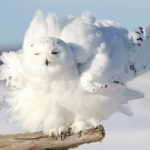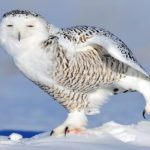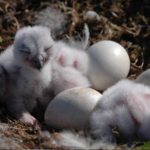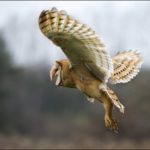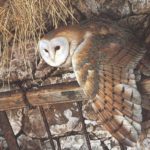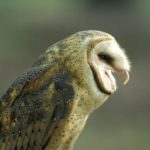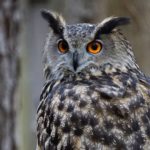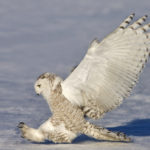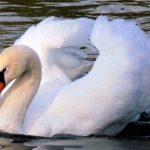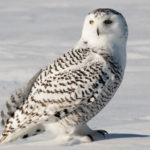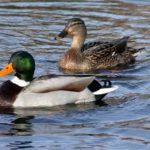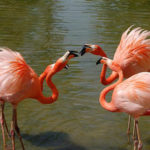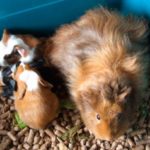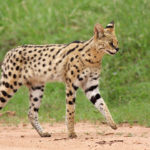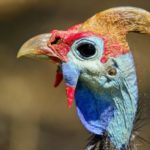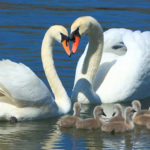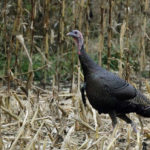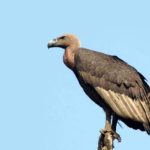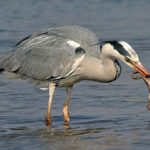Snowy owls – information
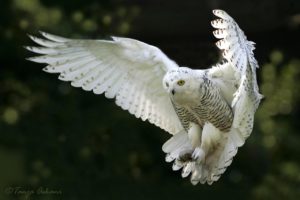 The wingspan of the snowy owl reaches 160 cm, weight -2.5 – 3 kg, color – white with mottled spots. By the number of variegated spots in the plumage, you can find out the age of the bird. The largest number of them in young females, but with age, white color begins to predominate. Males initially less mottled, eventually become almost white. Long feathers grow very densely and almost cover the beak, and the abundant feathering of the feet makes them look like valenoks.
The wingspan of the snowy owl reaches 160 cm, weight -2.5 – 3 kg, color – white with mottled spots. By the number of variegated spots in the plumage, you can find out the age of the bird. The largest number of them in young females, but with age, white color begins to predominate. Males initially less mottled, eventually become almost white. Long feathers grow very densely and almost cover the beak, and the abundant feathering of the feet makes them look like valenoks.
Nests, like most owls, do not. Instead of it, a small hole, lined with fluff and rags. The number of eggs in each year is different: from 3-4 to 11 – 13. Laying depends on the weather conditions and the ability to obtain food. In snowy, severe winters, the owl does not nest at all. The female incubates eggs for 30 to 34 days. At this time, the male takes care of the food.
Nestlings of white owls are of different age. Eggs, these birds are not deposited simultaneously, but with interruptions. With the deposition of the first owl egg begins incubation, so the chicks are born at different times. When the first one appears, the female for a short time may leave the nest for hunting, leaving the youngest chicks and eggs in the care of the elders. Hunt a white owl from the ground: sits on a small hill and tracks down prey. If the wait is too long, the bird takes off to inspect his hunting ground. The feathers on the wings of the white owl are rather stiff, so when flying, a characteristic noise is heard.
Hunt not only on lemmings, but also on food, rabbits, ermines. Sometimes the nests of other birds are ruined. The white owl has perfectly adapted to the peculiarities of tundra illumination, where in winter the night stretches for several months, and in summer – day. This bird is equally good to hunt both during the day and at night. The Snowy owl has many enemies. They are hunted by foxes, arctic foxes and skuas. In natural conditions the bird lives about 9 years.
